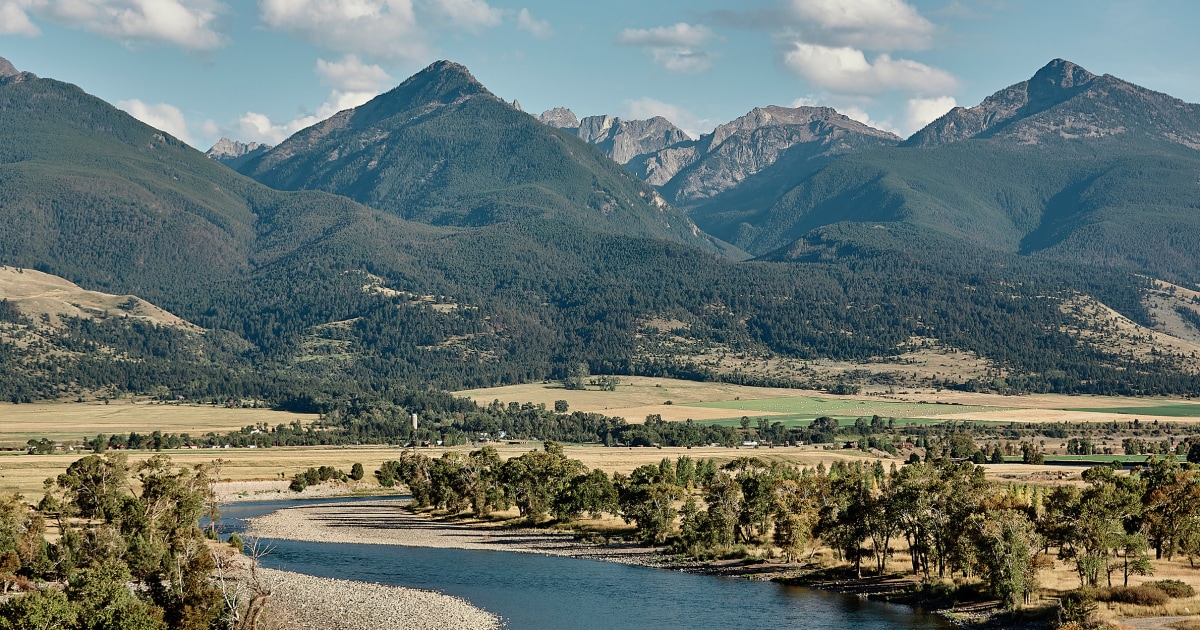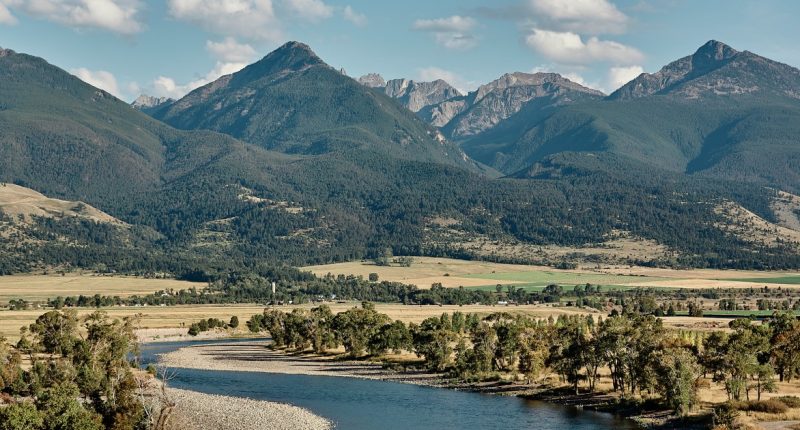
A series of “hidden” geological hazards has been uncovered in the northern reaches of Yellowstone National Park, including active faults that could pose earthquake threats to communities in the area.
The faults were revealed with what’s known as light detection and ranging, or lidar, a type of remote sensing that can pierce through dense foliage and detect concealed features on the ground in detail. The technology has found wide use across a range of scientific fields, from archaeology to geology, as a way to study landscapes that are normally obscured or inaccessible to humans.
“In the last 10 to 15 years, it has been almost a lidar revolution,” said Yann Gavillot, a research geologist with the Montana Bureau of Mines and Geology.
Lidar works by using laser sensors mounted on airplanes or drones to bounce pulses of light off surfaces to detect features and map their contours.
Gavillot, who is also an associate professor at Montana Technological University, said lidar has enhanced what scientists can see with both aerial photography and people on the ground. Laser-scanning tech instead offers something akin to X-ray vision, allowing researchers to spot land deformation and other telltale signs of hidden geological hazards.
“It’s really enabled us to look in much more high-resolution detail at where these features are on the landscape,” he said. “And since that technology has arrived, it’s becoming such a staple for geologists interested in geohazards.”
In 2000, lidar surveys were conducted across Park County, Montana, and the resulting dataset was released publicly last year.
In it, Gavillot and his colleagues uncovered a vast network of fault scarps running more than 33 miles in the northern outskirts of Yellowstone National Park between Tom Miner Creek Road and Livingston, Montana. Fault scarps are essentially breaks in the ground that are evidence of past earthquakes. Gavillot said the ruptures in this region were likely caused by temblors of around magnitude-6.5 or greater.
The lidar surveys also revealed breaks in the ground that are thought to be linked to a fault system that extends into the park, he added.
Yellowstone National Park is known for its supervolcano and active geysers, but lidar technology is helping scientists better understand the threat of earthquakes for surrounding communities like Montana’s Paradise Valley.
The region is no stranger to damaging earthquakes: a magnitude-7.3 temblor that hit southwestern Montana in 1959 killed 28 people and triggered a devastating landslide that displaced around 50 million cubic yards of rock, mud and debris in Madison Canyon, according to the U.S. Geological Survey.
The earthquake, which came to be known as the Hegben Lake event, also affected hydrothermal features in Yellowstone. After the earthquake struck, the Geological Survey reported that at least 289 springs in a part of Firehole River erupted as geysers, including many that had not erupted before in recorded history.
The 1959 earthquake and landslide offer a glimpse of what could happen if another big event were to strike Montana’s Paradise Valley, Gavillot said.
The lidar data will help geologists further analyze the faults, allowing them to examine the bedrock and study how the ground has changed over time. By looking back through time, scientists can gain some insight into future risks for the region.
“By looking at the fault, we can forecast what we expect for the size of an earthquake and how much energy could be released,” Gavillot said.
He added that the technology opens up ways to investigate if and how seismic events in Yellowstone may be linked to geothermal and volcanic activity in the park. And beyond that, it’s part of a broader symphony of tools being used to understand the land and its interlinked ecosystems.
“The power of lidar is that, yes, it can produce these beautiful images and we can find faults, but it’s also used by people who look at flooding and forestry and volcanology,” Gavillot said. “The more data that comes in, the more we find, and so there’s just a lot more work to do.”
Source: | This article originally belongs to Nbcnews.com










